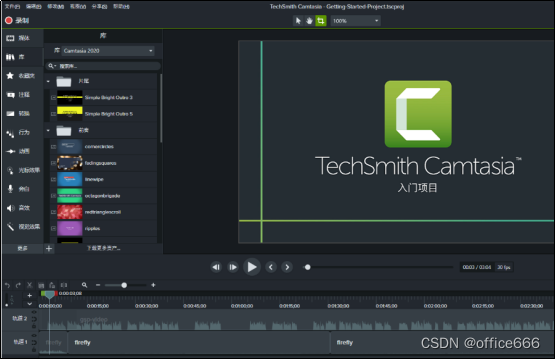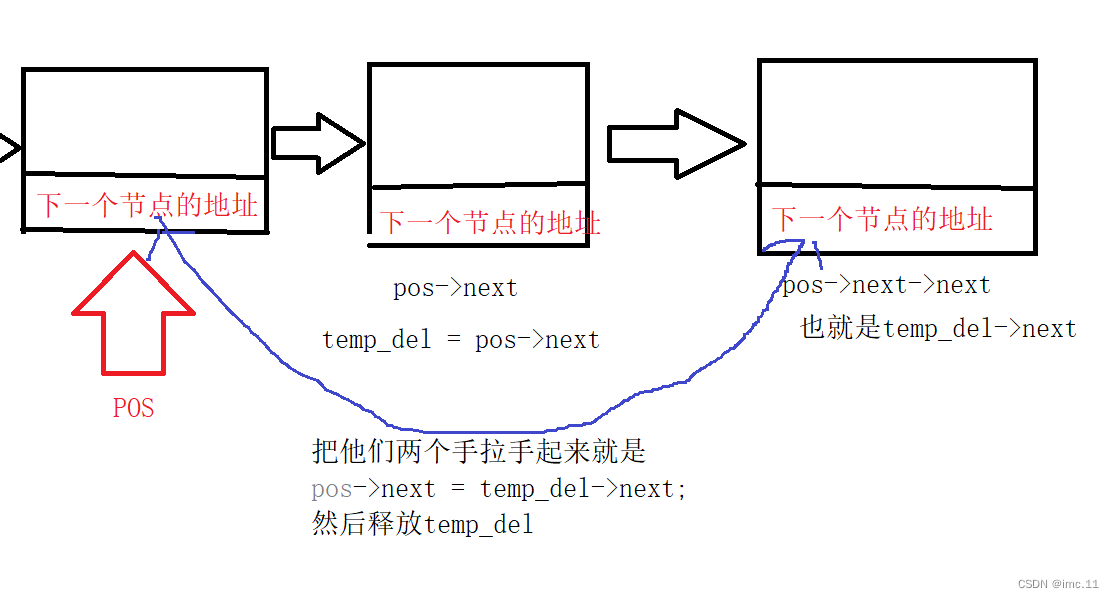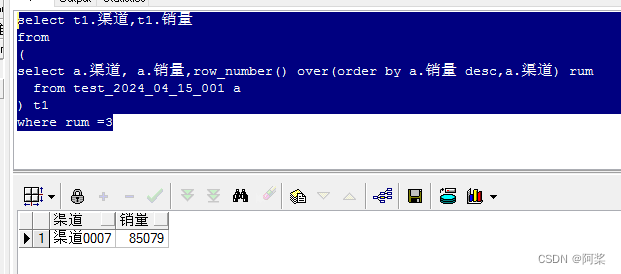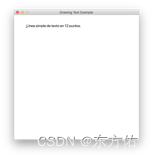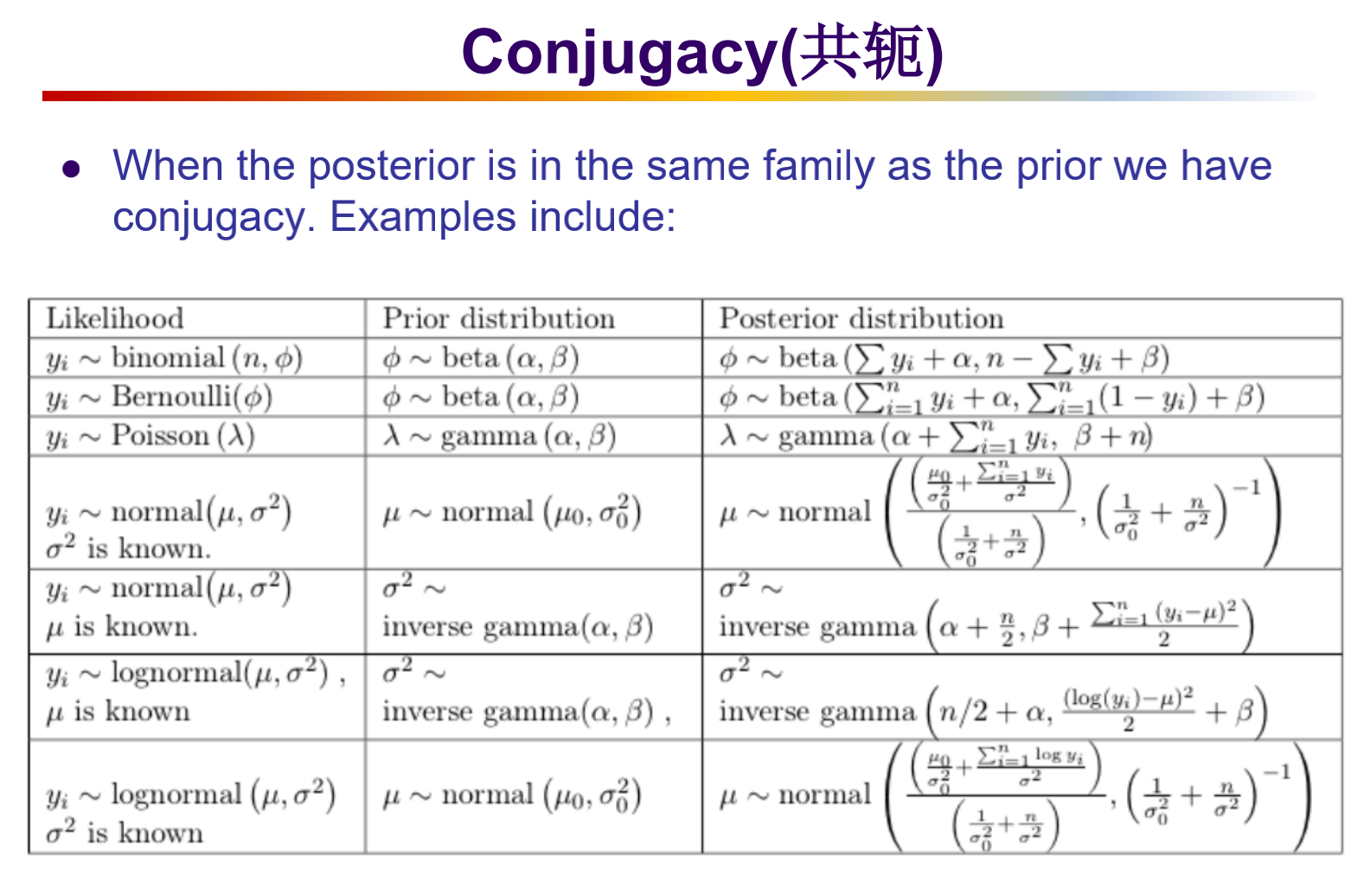享元模式是一种结构型设计模式,旨在有效地支持大量细粒度的对象共享,从而减少内存消耗和提高性能。
在享元模式中,对象分为两种:内部状态(Intrinsic State)和外部状态(Extrinsic State)。内部状态是对象可以共享的状态,它存储在享元对象内部,并且不会随着外部环境的改变而改变;外部状态是对象的外部环境可以变化的部分,它由客户端传递给享元对象,并且在享元对象之外维护。
享元模式的关键是使用共享对象来减少内存使用和提高性能。当需要创建新对象时,首先检查是否已经存在具有相同内部状态的对象,如果存在,则返回该对象的引用;如果不存在,则创建一个新对象并将其加入到共享池中,以便下次可以重复使用。
#include <iostream>
#include <map>
#include <string>// 抽象享元类
class Flyweight {
public:virtual ~Flyweight() {}virtual void operation(const std::string& unique_state) const = 0;
};// 具体享元类
class ConcreteFlyweight : public Flyweight {
public:ConcreteFlyweight(const std::string& shared_state) : shared_state_(shared_state) {}void operation(const std::string& unique_state) const override {std::cout << "ConcreteFlyweight: Shared state (" << shared_state_ << "), Unique state (" << unique_state << ")\n";}private:std::string shared_state_;
};// 享元工厂类
class FlyweightFactory {
public:Flyweight* getFlyweight(const std::string& shared_state) {if (flyweights_.find(shared_state) == flyweights_.end()) {flyweights_[shared_state] = new ConcreteFlyweight(shared_state);}return flyweights_[shared_state];}~FlyweightFactory() {for (auto it = flyweights_.begin(); it != flyweights_.end(); ++it) {delete it->second;}flyweights_.clear();}private:std::map<std::string, Flyweight*> flyweights_;
};int main() {FlyweightFactory factory;Flyweight* flyweight1 = factory.getFlyweight("shared_state_1");flyweight1->operation("unique_state_1");Flyweight* flyweight2 = factory.getFlyweight("shared_state_2");flyweight2->operation("unique_state_2");Flyweight* flyweight3 = factory.getFlyweight("shared_state_1");flyweight3->operation("unique_state_3");return 0;
}/*
在这个示例中,Flyweight 是抽象享元类,定义了操作接口 operation()。
ConcreteFlyweight 是具体享元类,实现了抽象享元类的接口。
FlyweightFactory 是享元工厂类,负责创建和管理享元对象。在 main() 函数中,我们使用享元工厂来获取享元对象,并且重复使用了具有相同内部状态的对象。*/觉得有帮助的话,打赏一下呗。。


